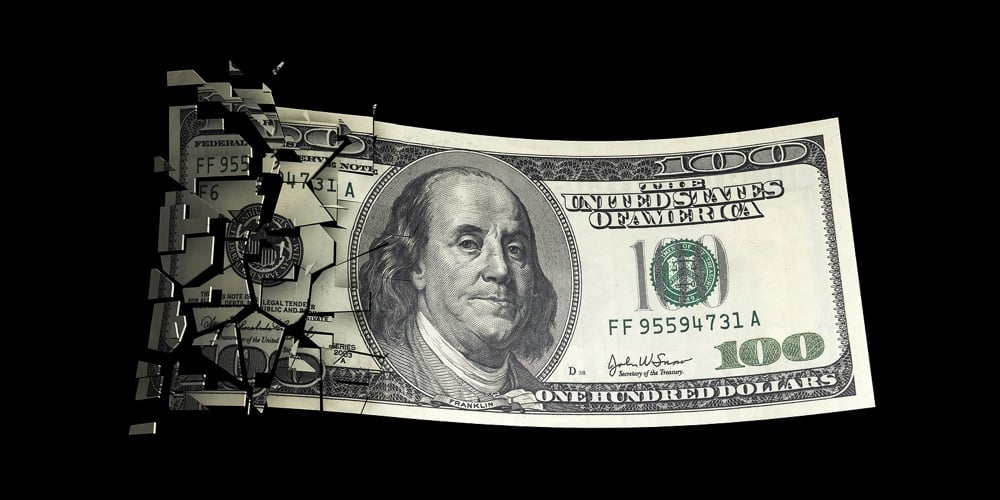CUNA economists often report on the wide-ranging financial and social benefits of credit unions’ not for-profit, cooperative structure for both members and nonmembers, including financial education and better interest rates. However, there’s another important benefit of the unique credit union structure: economic and financial stability.
During the 2007-2009 financial crisis, credit unions significantly outperformed banks by almost every possible measure. In fact, evidence suggests that if credit unions ruled the market, it’s quite likely we never would have had a financial crisis.
What’s the evidence to support such a claim? First, numerous complex and interrelated factors caused the financial crisis, and blame has been assigned to various actors, including regulators, credit agencies, government housing policies, consumers, and financial institutions. But almost everyone agrees the main proximate causes of the crisis were the rise in subprime mortgage lending and the increase in housing speculation, which led to a housing bubble that eventually burst. As home values plummeted and the stock market crashed, the U.S. entered a deep recession, with nearly nine million jobs lost during 2008 and 2009.
Who engaged in this subprime lending that fueled the crisis? While “subprime” isn’t easily defined, it’s generally understood as characterizing particularly risky loans with interest rates that are well above market rates. These might include loans to borrowers who have a previous record of delinquency, low credit scores, and/or a particularly high debt-to-income ratio. To be clear: Not all subprime lending is bad. Many credit unions take pride in offering subprime loans to disadvantaged communities. However, the particularly large rise in subprime lending that led to the financial crisis was certainly not this type of mission-driven subprime lending.
Run-up to the crisis
Using Home Mortgage Disclosure Act (HMDA) data to identify subprime mortgages—those with interest rates more than three percentage points above the Treasury yield for a comparable maturity at the time of origination—we find that in 2006, immediately before the financial crisis:
- Nearly 30% of all originated mortgages were “subprime,” up from just 15.1% in 2004.
- At nondepository financial institutions, such as mortgage origination companies, an incredible 41.5% of all originated mortgages were subprime, up from 26.5% in 2004.
- At banks, 23.6% of originated mortgages were subprime in 2006, up from just 9.7% in 2004.
- At credit unions, only 3.6% of originated mortgages could be classified as subprime in 2006—the same figure as in 2004.
This is an incredible statistic because it indicates that while banks and mortgage companies significantly increased their sub-prime lending in the run-up to the financial crisis—likely in search of short-term profits and bonuses—credit unions didn’t increase their subprime lending at all.
What were some of the consequences of these disparate actions? Because many of these mortgages were sold to the secondary market, it’s difficult to know the exact performance of these mortgages originated at banks and mortgage companies versus credit unions. But if we look at the performance of depository institutions during the peak of the financial crisis, we see that delinquency and charge-off ratios spiked at banks to 5.6% and 2.6%, respectively, in 2009 versus only 1.82% and 1.21% at credit unions. The difference in mortgage performance is even more stark. Among mortgages that remained on the books, 7.25% of mortgages originated at banks were delinquent in 2009 (versus only 1.97% at credit unions), and 3.95% of all bank mortgages were charged off (versus only 0.55% of credit union mortgages). That’s despite the fact that in 2007, 58.4% of bank mortgages were sold to the secondary market versus only 20.6% of credit union mortgages.
Bank failures
Risky lending at commercial banks helped precipitate the failure of 331 banks between 2009 and 2011, while only 64 credit unions failed during that same period despite there being roughly the same number of banks and credit unions in 2008. In fact, the Federal Deposit Insurance Corp.’s (FDIC) Bank Insurance Fund became insolvent in both 2009 and 2010, while the National Credit Union Share Insurance Fund (NCUSIF) was remarkably stable during that time, declining only 6% between 2006 and 2009. NCUSIF retained a strong balance of $1.23 per $100 in insured deposits versus a negative $0.39 per $100 in insured deposits at the FDIC. Thus, via the Troubled Asset Relief Program (TARP), the government provided emergency loans totaling $236 billion to 710 banks—or 1.93% of all bank assets.
On the other hand, only 48 credit unions received TARP funding for a total of $70 million, or just 0.008% of credit union assets. While there are many reasons credit unions didn’t engage in the same kind of subprime lending as mortgage companies and banks, credit unions’ unique structure is the main reason. As not-for-profit, member-owned entities, credit unions have significantly fewer incentives to seek short-term profits and bonuses that clearly aren’t in their members’ best interests. This creates greater financial stability—benefiting both members and the overall economy.








